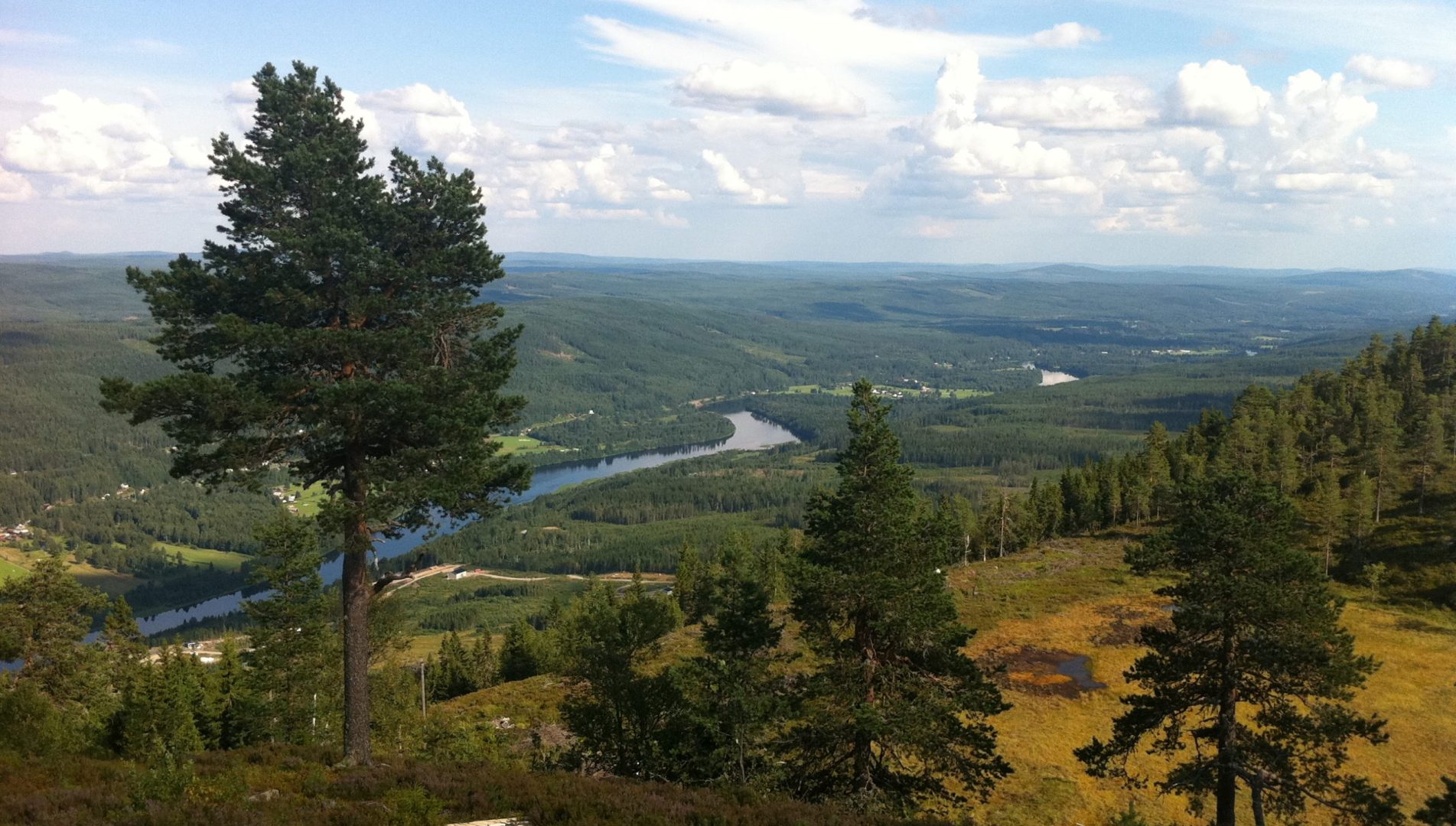
The history of the river Klarälven
Klarälven is a typical example of a very old river, finding its way through the primary rocks for decades and decades, carrying pieces of rocks and sand while heading towards lake Vänern. Large quantities of different natural materials are still carried by the mass of water in the river; in the wintertime, an estimated mass of 20 to 25 tonnes of sediment goes down the river each day. During the spring flood, it is estimated to be around 5,000 (!) tonnes per day. Klarälven is considered to mean the river with the clear water.
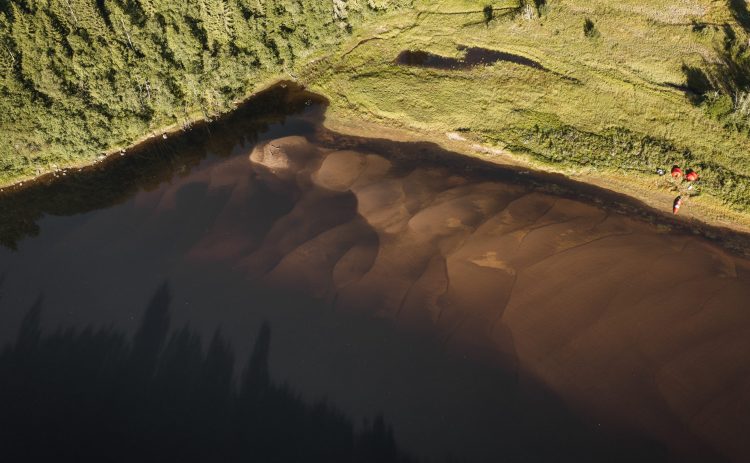
The history of the river
After the withdrawal of the inland ice and the following forming of the great lake Vänern, the river Klarälven slowly started to dig its groove through the forests of Värmland. In these ancient times, Klarälven discharged itself into Vänern close to Kristinehamn, though, since changing its ways with the lapse of time, nowadays the mouth of the river is to be found by Karlstad, many miles further west than originally.
Together with Göta älv, Klarälven makes up the longest river basin of Sweden – all together 720 kilometres. The river springs in Härjedalen and the area around Lake Femunden, soon growing large and strong. With great power, the river runs through Norway, here under the name of Trysil Älv. Still strong, the river – once crossing the Swedish border called Klarälven – runs through northern Värmland, passing the village Sysslebäck and a little further south forming the river lake Vingängsjön. At this lake, one can still observe the 50-metre high terraces; the remains of an ancient bay when the sea still reached the inner parts of Sweden.
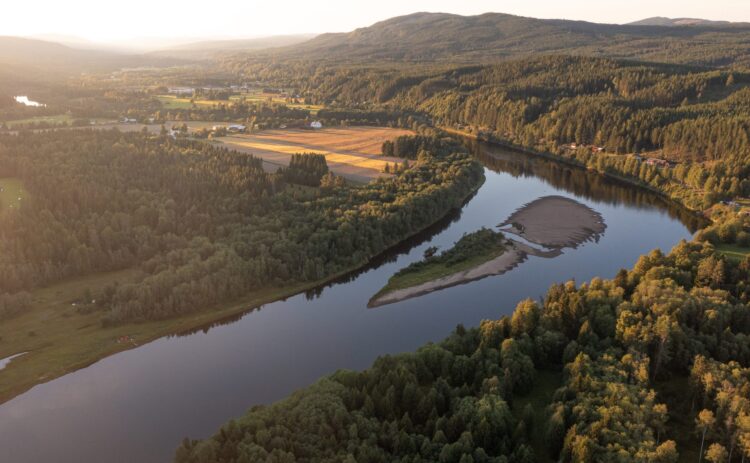
Repeating curves
The river Klarälven is unique with regular meanders over a distance of a 100km. There are few equivalents to this. The closest example is a part of Bear River in Alberta, Canada. Shorter distances of similar appearance will however be found at many places, for example the Mississippi river. The slow river run of Klarälven begins south of the river-lake Vingängsjön. Slowly the current is heading south, with about 2 km per hour. From here on you can enjoy 100 km uninfluenced river! The evenly repeating curves have contributed to the many sandy beaches at the beautiful riversides. In the northern part, you will find a narrow valley with the forested mountains directly by the riverside. Further southwards, the landscape flattens and opens up for agricultural use, meadows and tilled land.
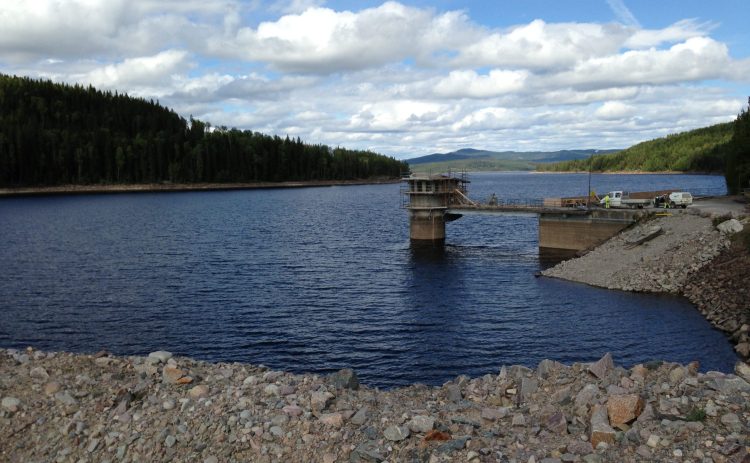
Man and the river
During the 20th century the natural environment in the southern parts of the river – from Gunnerud down to Karlstad – changed as a result of human influence. Creating dams and building power stations have forever disturbed the natural rapids of the river and the only remaining original rapid in Klarälven is Strängsforsen, a little north of Sysslebäck.
In 1960, the largest pond and power station in Värmland was built in Höljes. With its constructed drop of 88 metres, the pond was not only built to produce power, but also to harness the spring floods. In spite of this, large areas of the Klarälven valley were flooded in 1995, putting even the campsite ‘Klarälvens Camping’ nearby Stöllet completely underwater.
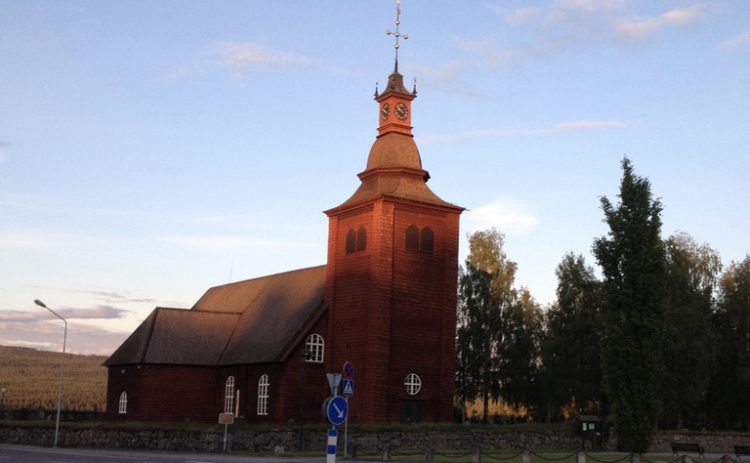
The road of the Pilgrims
Along the river, you find the ancient road of the pilgrims, used as they struggled through Sweden and Norway to finally reach Nidaros (today Trondheim) and the holy sepulchre with the mortal remains of Saint Olov. For about 500 years this was the most frequented road in Sweden. The pilgrimages have left their mark on the surroundings of Klarälven; you will always find the churches one day’s foot march apart. These not only fulfilled a religious purpose, but were also used as a shelter for the night, safely protected from wild animals and robbers. Around the churches, small villages and market places naturally appeared, reminding us of the ancient times through many pilgrim names still remaining.